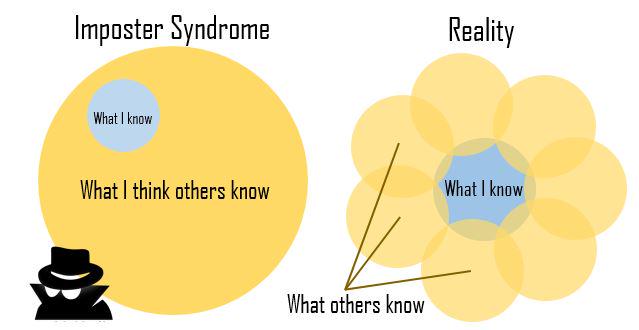When you come to visit New York as a tourist, it’s important to see the big historical sites like the Statue of Liberty and the September 11 Memorial, or you might want to eat at famous restaurants like Ess-a-Bagel and Carnegie Deli. When you come to live in New York, however, you’re probably looking for local favorites that are less crowded than Times Square. Here’s a list of ten things to do that you might consider your first week getting acquainted with the city.
- Walk around the Reservoir in Central Park and visit the Metropolitan Museum then walk uptown on 5th Ave to see the Museum of the City of New York. You might stop for lunch at Earl’s Beer and Cheese.
- Walk through Fort Tryon Park and visit the Cloisters.
- After an orientation event at the Graduate Center, walk downtown on 5th Avenue to get a burger or a milkshake at Shake Shack in Madison Square Park, then walk across the street to the Eataly market. If you’re in the mood for dumplings, walk down 5th Ave from the Graduate Center to 32nd Street and take a right into Korea Town to go to Mandoo Bar. If you like craft beers go to Rattle N Hum on 33rd Street between 5th Ave and Madison for delicious sliders and 30+ taps. If you like wine, go to The Archive. If you’re vegan, try Franchia. It’s amazing.
- Cross the Brooklyn Bridge and get dumplings in Chinatown on the Manhattan side or a slice at Grimaldi’s on the Brooklyn side, then hop on the subway to get to Prospect Park and walk around Park Slope.
- Visit Chelsea, go to the Chelsea Market and walk along the High Line. If you’re interested in Chelsea’s night life try the Gotham Comedy Club and Trailer Park Lounge.
- Go to the New York Public Library on 5th Avenue, get your library card and have a look around. Maybe eat lunch on the grass in Bryant Park.
- Get off at the Spring Street or Astor Place stop on the 6 train, walk above ground and take in the East Village and Lower Manhattan. Go to S’Mac for macaroni and cheese, Cafetasia for Thai food, 10 Degrees for wine and cheese, McSorley’s for beer, or Swift for your local pub fare with a literary twist. Then see a show at the Public Theatre.
- Go to Union Square and see people playing chess, playing music, or a dance group performance. Familiarize yourself with Trader Joe’s and Whole Foods, and hop into a bar or restaurant you’ve never been to before.
- Walk around Hell’s Kitchen and pop into the Amish Market or grab some Ethiopian food at 47th Street and 10th Ave or a delicious brunch at 44 ½.
- Walk uptown from the Graduate Center to take in Grand Central station on 42nd Street and Park Avenue. Enjoy the breath-taking ceiling and atmosphere and then walk through the market to get fresh vegetables, artisan cheeses and baked goods.
Make sure you bring cash with you everywhere because you’ll find that many places do not accept credit cards and only take cash. Also, bring a subway map with you—not only to navigate the subway but also to help you navigate neighborhoods. You can use Google Maps or HopStop on your phone for help with directions, but most people on the street are kind and helpful if you ask them for directions. Find another pedestrian like yourself who isn’t in a hurry on the sidewalk or perhaps stopped and waiting for the light to change at a crosswalk. Whether you’re interested in walking or biking outside in a park or doing something indoors on a rainy day, there’s always something to do in New York City. Part of the fun is getting lost and finding a hole-in-the-wall with great food and good people.
Christina Katopodis Second Year English PhD Student

